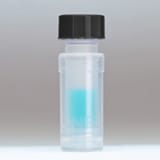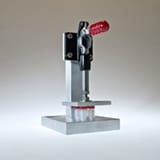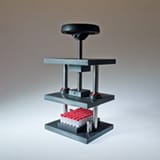Title
Determination of 16 Per and Polyfluoroalkyl Substances (PFAS) in Processed Food using Liquid Chromatography-Tandem Mass Spectrometry (LC-MS/MS)
Description
The method describes a procedure for measuring 16 PFAS in food using LC-MS/MS. The method has been single laboratory validated in the following food matrices.
Determination of 16 Per and Polyfluoroalkyl Substances (PFAS) in Processed Food using Liquid Chromatography-Tandem Mass Spectrometry (LC-MS/MS)
Susan Genualdi and Lowri deJager
The method describes a procedure for measuring 16 PFAS in food using LC-MS/MS. The method has been single laboratory validated in the following food matrices.
Page 1 of


